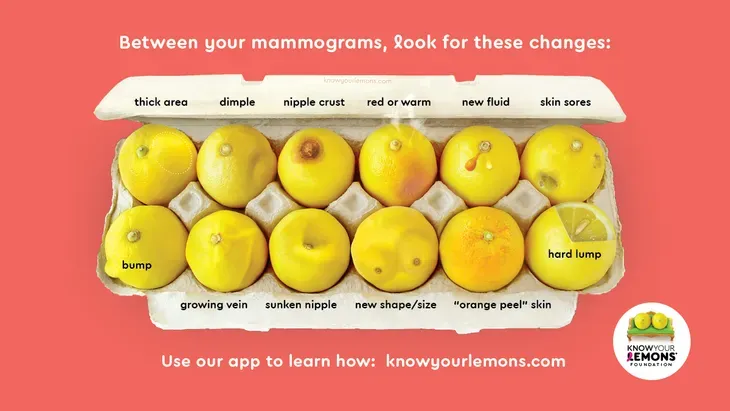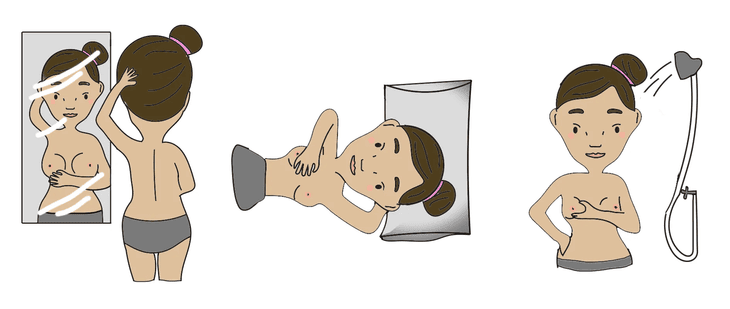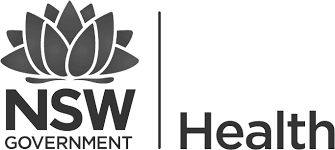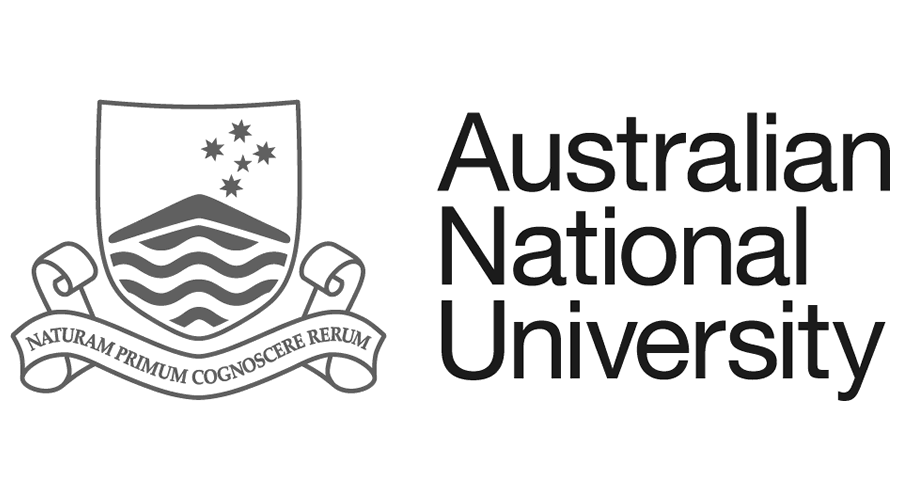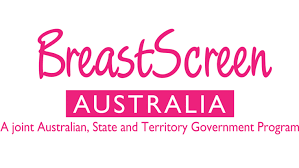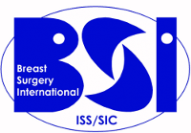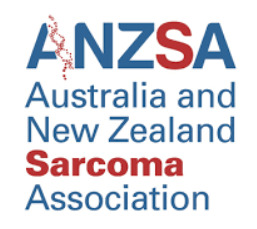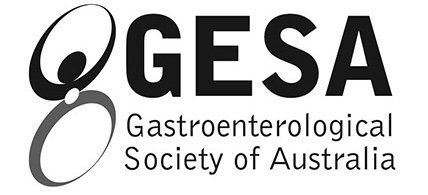Urgent Appointment
Telehealth
Hornsby Consulting
Bega Operating and Consulting
Canberra Consulting and Operating
Wahroonga
Westmead
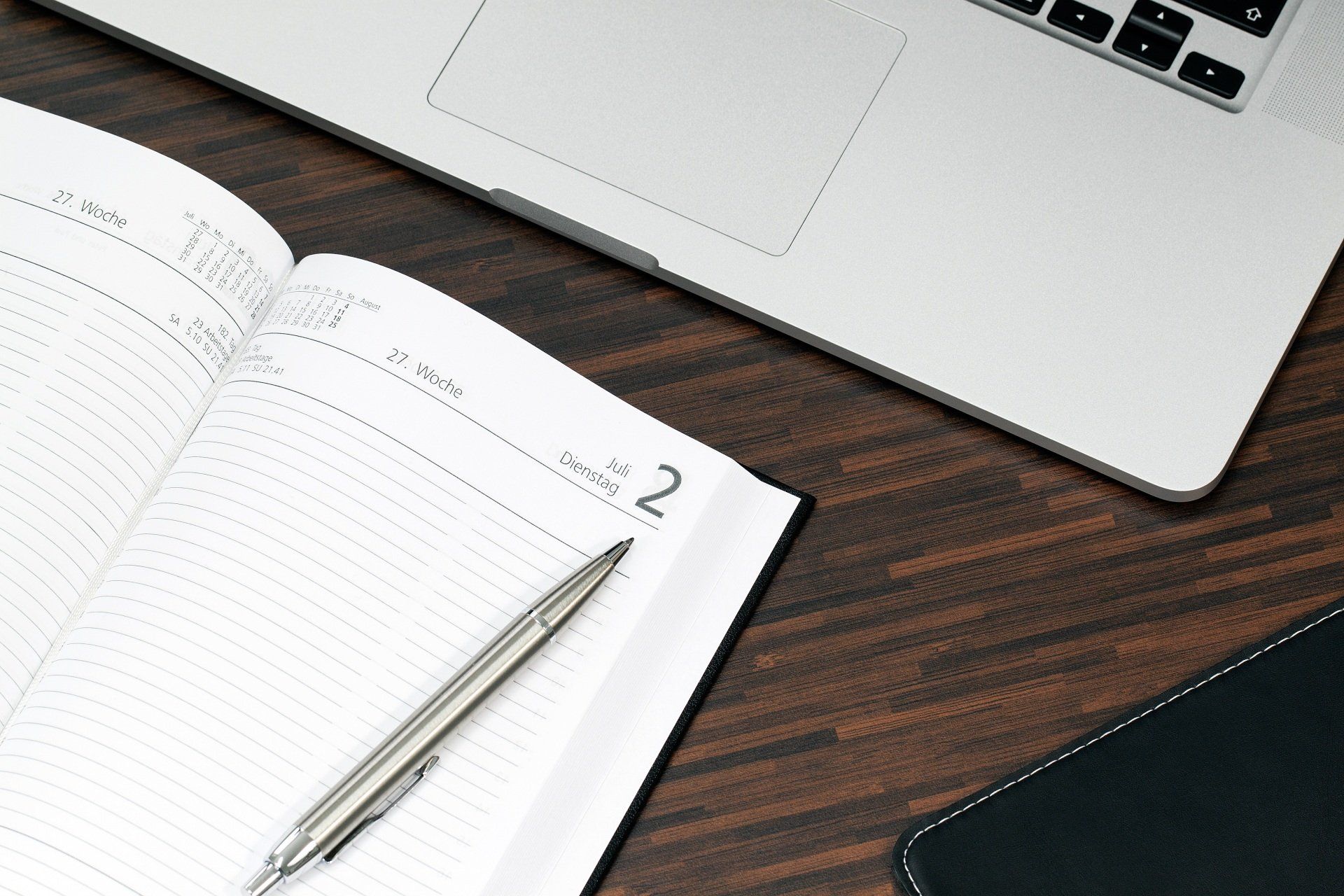
For Patients: Urgent Appointment - Message here or Call (02) 9467 5400
For Referrers: 1. Upload referral here
2. Healthlink EDI: ang7sana
3. Argus: argusdocs@specialistsurgeon.com.au
4. Medical Objects
BREAST SELF-EXAM
Why do breast self-exams?
Breast self-exams may increase the chance of early detection of breast cancer, which gives the best possible chance of survival. Being familiar with the usual look and feel of your breasts means you are more likely to notice any unusual changes. It is important to remember that breast self-exams do not replace having regular screening mammograms, which are available for free through BreastScreen NSW.
When should I perform a breast self-exam?
Women can start practising breast self-exams from the age of 20 and continue throughout their lives, even after menopause.
If you still menstruate, the best time to do a breast self-exam is when your breasts are least likely to be tender or swollen, such as a few days after your period finishes. If you no longer menstruate, pick a certain day, such as the first day of each month, to remind yourself to do a breast self-exam.
What breast changes should I look for?
Changes in the breasts may be warning signs of breast cancer. The Know Your Lemons diagram shows the 12 signs of breast cancer to look and feel for. All these changes can also have benign causes. If you notice changes that persist for 2 to 3 weeks, see your doctor without delay.
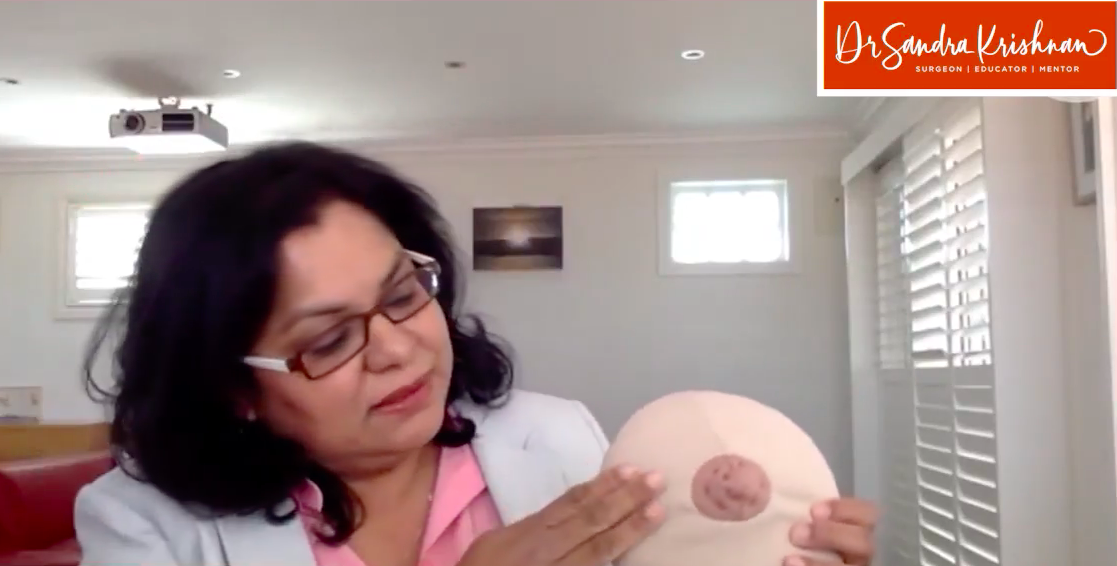
How do I perform a breast self-exam?
There is no right or wrong way to perform a breast self-exam. It is more important that you check your breasts regularly so that you are familiar with the usual look and feel of your breasts, and can notice unusual changes.
You can use these "everyday moments" to check your breasts.
The Mirror Check
Inspect your breasts with arms by your side, behind your head and then hands on hips. At each step, look for any dimpling of the skin or pulling in of the nipple, as well as any changes in shape, size or colour of your breasts (including your nipples).
The Lying Down Check
Lying on your back helps flatten your breast tissue, making it easier to examine. Use the pads of your three middle fingers moving around the entire breast in a circular pattern. Cover the entire breast area from your breastbone to your armpit and from the bottom of your breast to your collarbone. Feel for any lumps or thickened areas.
The Shower Check
Use the same technique for The Lying Down Check.
For Patients
For Referrers
Quick Enquiry
Thank you for contacting us. We will get back to you as soon as possible.
Oops, there was an error sending your message. Please try again later.
IMPORTANT PAGE LINKS
PRACTICE DETAILS
Wahroonga Specialist Centre
Suite 9/176 Fox Valley Rd, Wahroonga, NSW, 2076
Westmead Private Hospital
Suite 212, 12 Mons Rd, Cnr Darcy Rd, Westmead, NSW 2145
Calvary Bruce Private Hospital (Operating)
30 Mary Potter Cct, Bruce, ACT 2617
OPEN HOURS
- Mon - Fri
- -
- Saturday
- Appointment Only
- Sunday
- Closed
IMPORTANT PAGE LINKS
PRACTICE DETAILS
OPEN HOURS
- Mon - Fri
- -
- Saturday
- Appointment Only
- Sunday
- Closed
All Rights Reserved | Dr Sandra Krishnan

